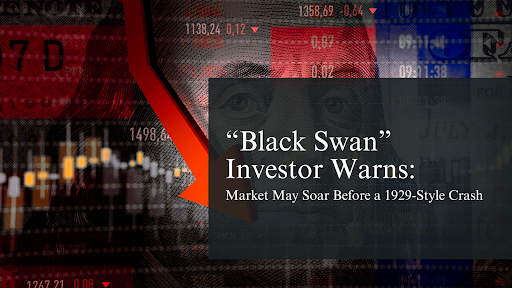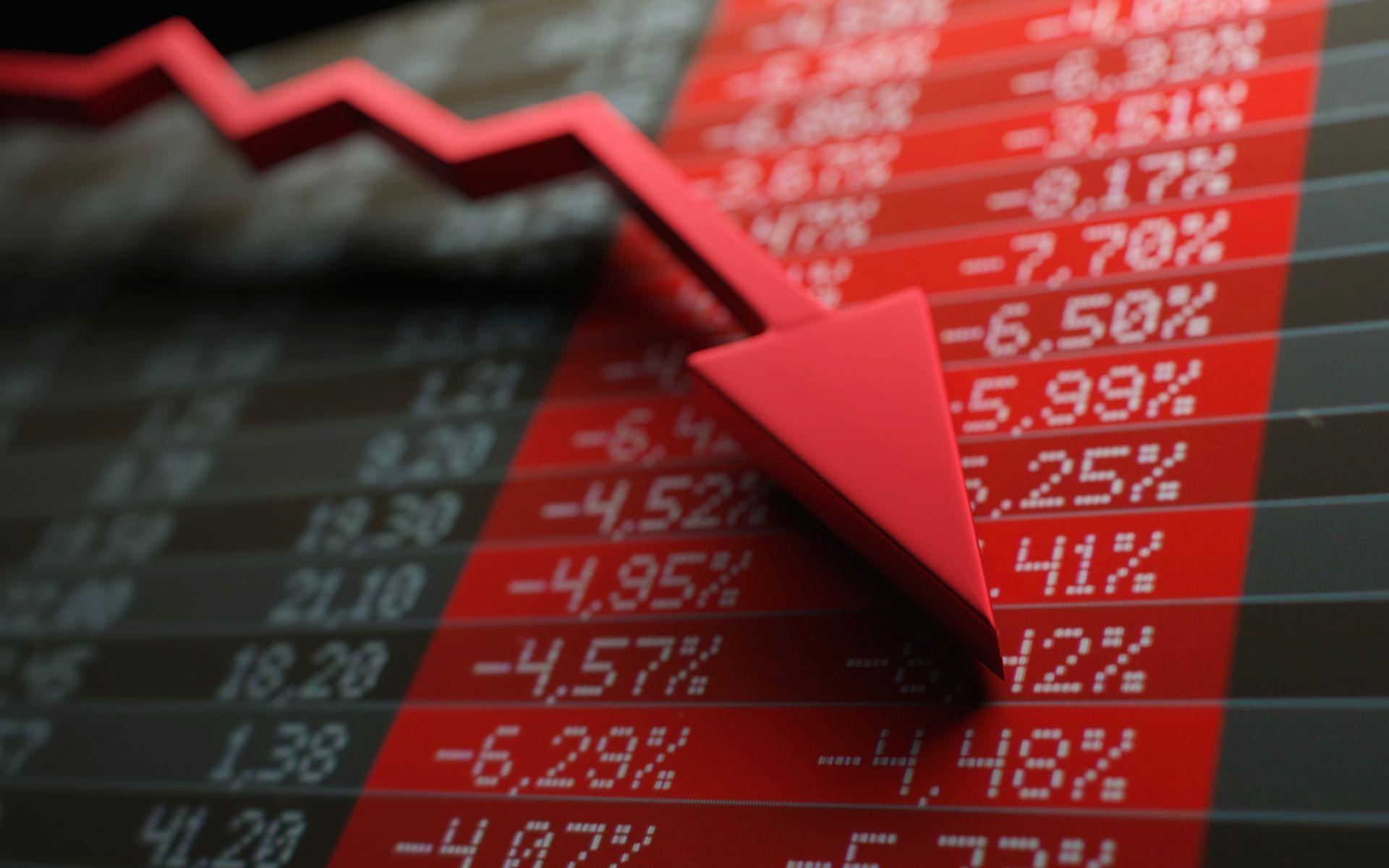“Black Swan” Investor Warns: Market May Soar Before a 1929-Style Crash

Mark Spitznagel, founder and CIO of Universa Investments, a hedge fund specializing in “tail-risk” strategies that profit during crises, told The Wall Street Journal that the U.S. stock market still has room to run higher, yet is ultimately setting up for a collapse on the scale of 1929 (The Wall Street Journal).
Spitznagel, often referred to as “the crash guy,” says his strategies tend to lose money in calm markets but pay off massively when extreme downturns hit (The Wall Street Journal). He predicts the S&P 500 could rise another 20 percent, approaching 8,000, before the bubble bursts (The Wall Street Journal; Tiger Brokers). After that, he expects a “historic” decline, possibly the worst since the Great Depression, driven by excessive leverage, economic fragility, and repeated policy interventions that have masked systemic risk (The Wall Street Journal; Tiger Brokers).
Why He Sees a Bubble Building
- Valuation and Leverage Risks: Spitznagel views today’s market as dangerously overstretched. Asset prices, credit expansion, and leverage have all been artificially inflated by central-bank policy (The Wall Street Journal;
The Edge Malaysia).
- Investor Complacency: He points to record-high equity exposure among both institutions and households, minimal bond-risk premiums, and heavy trading activity as signals that investors are ignoring risk (The Wall Street Journal;
Tiger Brokers).
- Policy “Firefighting”: Spitznagel compares repeated central-bank rescues to suppressing small forest fires—preventing short-term pain but allowing “dry tinder” to accumulate for a far greater blaze later (The Wall Street Journal;
Tiger Brokers).
- Historical Parallels: He draws direct comparisons to the euphoric late-1920s rally that ended in a devastating reversal (The Wall Street Journal;
Tiger Brokers).
Cautions and Advice for Investors
Although Spitznagel anticipates a sharp correction, he explicitly warns investors not to try to time the market. Attempting to exit right before a crash is, in his view, “notoriously risky” (Tiger Brokers). His own fund relies on tail-risk protection, a strategy that typically loses money during steady markets but delivers outsized gains in crises (The Wall Street Journal).
For everyday investors without access to such tools, Spitznagel suggests remaining invested, avoiding emotional reactions, and structuring portfolios that can withstand a 50 percent decline in equities (Tiger Brokers; The Edge Malaysia).
Precious Metals Perspective
Spitznagel’s warning reinforces a timeless principle: markets built on debt, leverage, and speculation can unravel overnight. While hedge funds can hedge through complex derivatives, the average investor’s most reliable safeguard is physical gold and silver, tangible assets that historically hold value when paper markets collapse.
As the S&P 500 approaches speculative extremes, his cautionary outlook highlights the importance of true diversification, owning assets that can help preserve wealth when confidence fades and volatility spikes.
Protect Your Wealth Before the Next Crisis
At Red State Gold Group, we believe investors shouldn’t wait for the next crash to think about protection. A well-structured Precious Metals IRA or direct gold and silver holdings can help secure your retirement savings against market turmoil and inflationary pressures.
Talk to a Red State Gold Specialist today to learn how to safeguard your portfolio with physical assets you control.
Sources: The Wall Street Journal, Tiger Brokers, The Edge Malaysia.
Disclaimer: This article is for educational purposes only and does not constitute financial advice. Precious-metals investments involve risk, and past performance is not indicative of future results.











